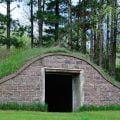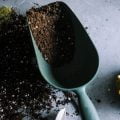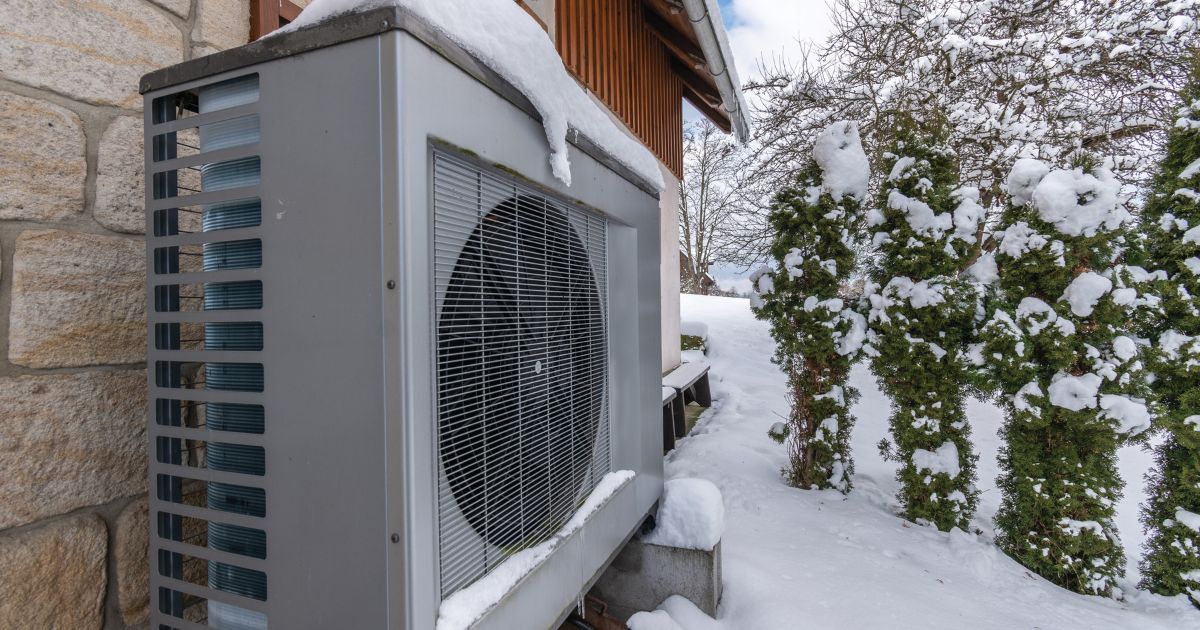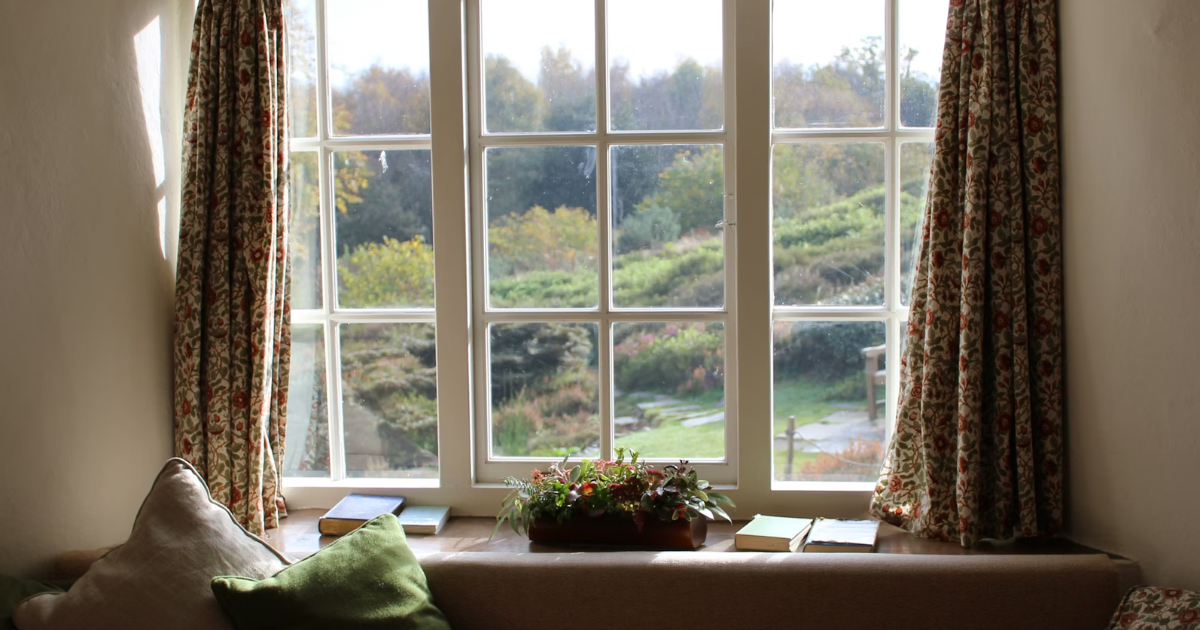Every spring thousands of Canadian cottage owners struggle unnecessarily to fill their seasonal water pumps and pipes with water and get the system running for another year, and every spring a simple, fast and stress-free alternative to this nasty chore goes unrecognized. That’s too bad, because there’s a technique that’s effective enough to transform what’s often many hours of messy, tiresome labor into 10 minutes of easy work. All you need is $20 worth of plumbing hardware and a small, portable pump of some kind.

Most cottage water systems need seasonal attention for two reasons. Pumps and pipes typically aren’t protected from frost, so water needs to be completely drained each fall so it won’t freeze, expand and break things during winter. Water expands powerfully when it freezes, and it will break anything that tries to contain it. Copper pipe, black poly water line, a cast iron pump casing, it doesn’t matter. They’ll all break if they’re full of water that freezes.
The trouble is, pumps, pipes and intake lines must also be refilled with water in the spring before they’re capable of pumping again. Water pumps can’t pump air. The operation of filling a water system with water is called priming, and it’s not always easy to do. The traditional approach involves hauling buckets of water up from the lake by hand and pouring that water down a small hole in the top of the pump until the entire intake line is filled. Until 25 years ago I helped friends through three or four hours of this kind of miserable work each May, until I realized something vital. It’s easier to push water uphill with a pump than it is to dribble it downhill with buckets through a little hole in the top of the pump, like most cottage owners attempt to do. A lot easier.

The key that makes all this possible is a collection of common metal plumbing fittings spliced into the intake line as close as possible to the end that sits in the lake. These fittings include a shut-off valve and a place to connect a pump that draws water from the lake and pushes it all the way up the main intake line and into the water pump in your cottage. Open the priming valve in spring, connect your hand pump to the fittings, fill the intake line with water, close the valve, remove the pipe and put the intake line in the lake. That’s it. After you’re done, simply turn your cottage water pump on, and it works because the intake line and pump body are now filled with water. No need for buckets, funnels, wet floors or super-human patience.

Even the smallest hardware store carries the fittings you’ll need to install an easy-to-use priming system. They’re standard. For years we hooked up a hand-operated marine bilge pump for the job, and it worked beautifully. But things got even easier for us when a neighbor installed a frost proof, year-round water system at his cottage. After that we could hook up a garden hose to his outdoor tap, connect it to the priming fittings, then turn the tap on. Five minutes of pleasant conversation while we wait for the pipe to fill, and the system is operational for another season of lakeside living.

Never Prime Again
Brian Feeney is a cottage country plumber in Ontario and each spring he repairs more than a few water systems broken by improper draining the previous fall. That’s why he invented two things that virtually guarantee no trouble while also eliminating the need to drain your seasonal system at all. The Clozer II (www.theclozer.ca) is a device that pumps non-toxic antifreeze into all pipes, drains and appliances that handle water. He also invented what he calls the TC3. It’s a device that fills water intake lines with non-toxic antifreeze from the bottom end up. You never drain the system and never need to prime in the spring.
<<<<<<<<<<<<<<

If you don’t have a neighbour with an all-season outdoor tap outlet, what kind of pumps can you use to prime your intake line all the way to the foot valve on the lake-end of the pipe? You don’t necessarily need a manual marine bilge pump, though these work great. Just about anything that moves sufficient water will do the job. One of those pumps that works on a cordless drill usually works for water lines with 50 feet of intake line or less. A small gas-powered pump works, too. I have a little two-stroke portable pump that works well for this operation. Is your cottage or camp close enough to the water that you can get an extension cord down there? Any kind of plug-in portable water pump will work for priming as well. Just be sure it’s fed from a circuit protected by a GFCI device to eliminate the risk of shock working with electricity around water.
Getting that seasonal water system working definitely does not need to be a hassle. Try a different way and you’ll enjoy a very different springtime experience.
TECH TIP: Priming Trick
If you’re priming your water line from the bottom end, there’s no need to disconnect your priming pump before turning the main pump ON. As long as the end of the intake line is in the lake or river, you can continue to pump priming water into the line while the main pump begins to work if needed. Why would you do this? If any air pockets exist in the main intake line after priming (it occasionally happens), your pump may stop pumping when the air makes its way to the pump. But if you’re still pumping priming water manually into the intake line through your priming port when this happens, it will only result in a momentary pause before the air pocket is pushed past the pump by your priming efforts. Don’t be too hasty disconnecting your priming set up. Wait until your water pump has completed several ON/OFF cycles successfully before closing the priming valve, disconnecting your priming pump, then putting everything away until next spring with a smile on your face.
Steve Maxwell and his wife Mary live on a 90-acre modern homestead on Manitoulin Island, Ontario in a stone house they built with local materials beginning in 1985. Steve is Canada’s longest-running home improvement and how-to columnist and editor of Home and Property. He divides his time working on the land, building things large and small, and creating articles and how-to videos that teach sustainable, self-reliant, hands-on living skills.













